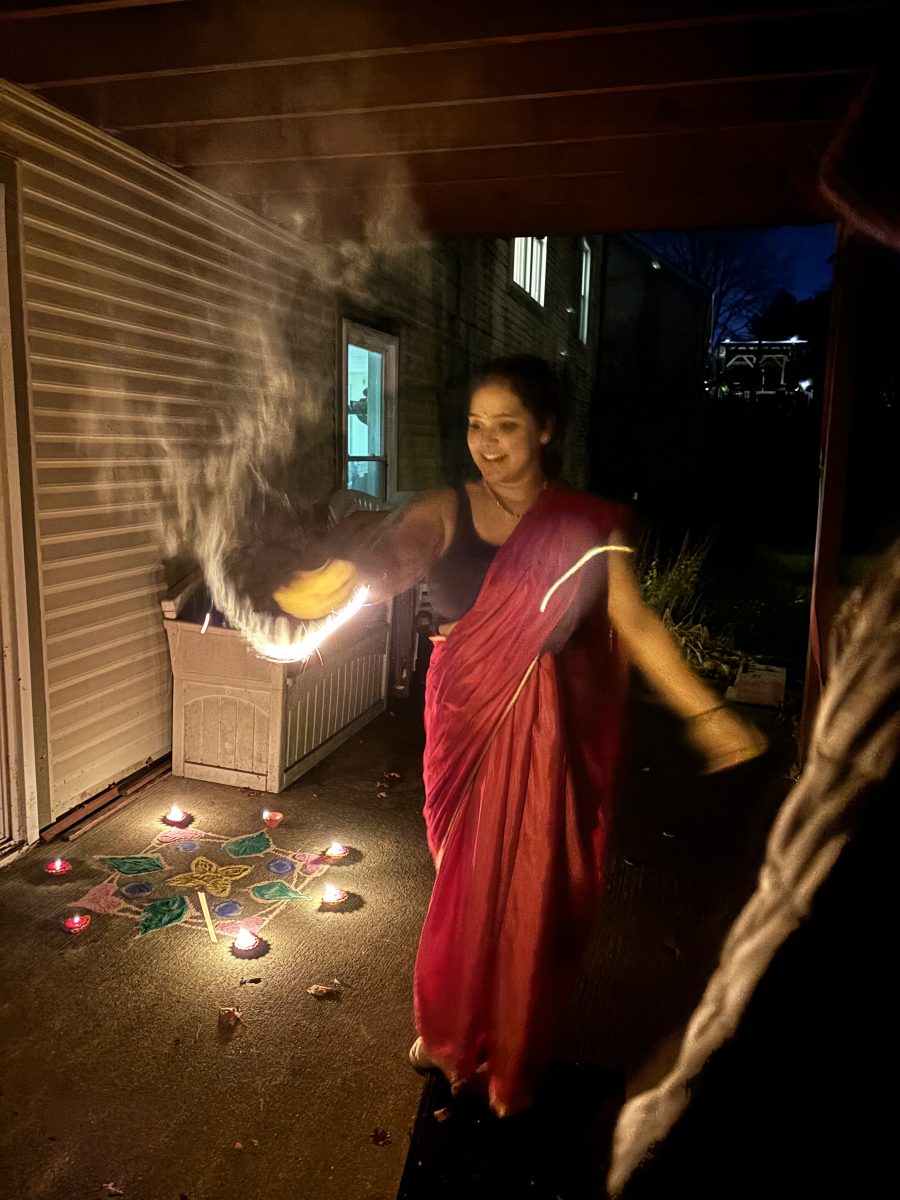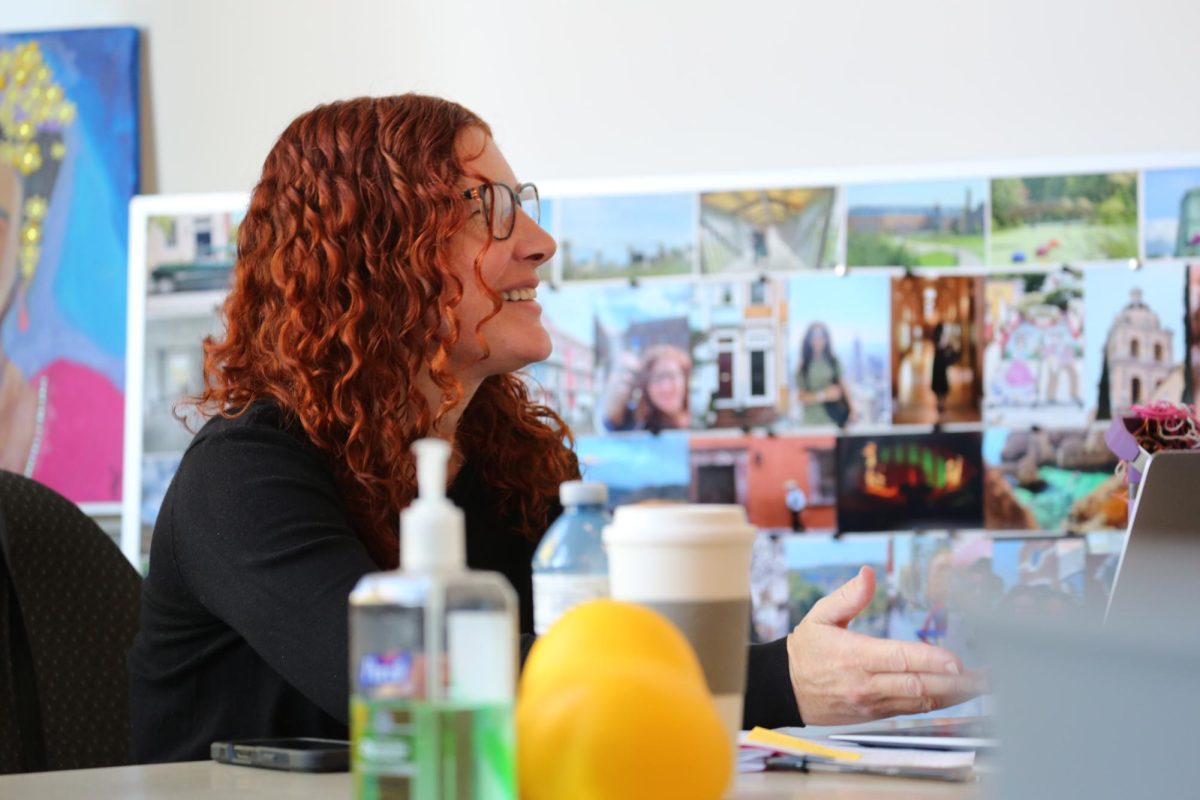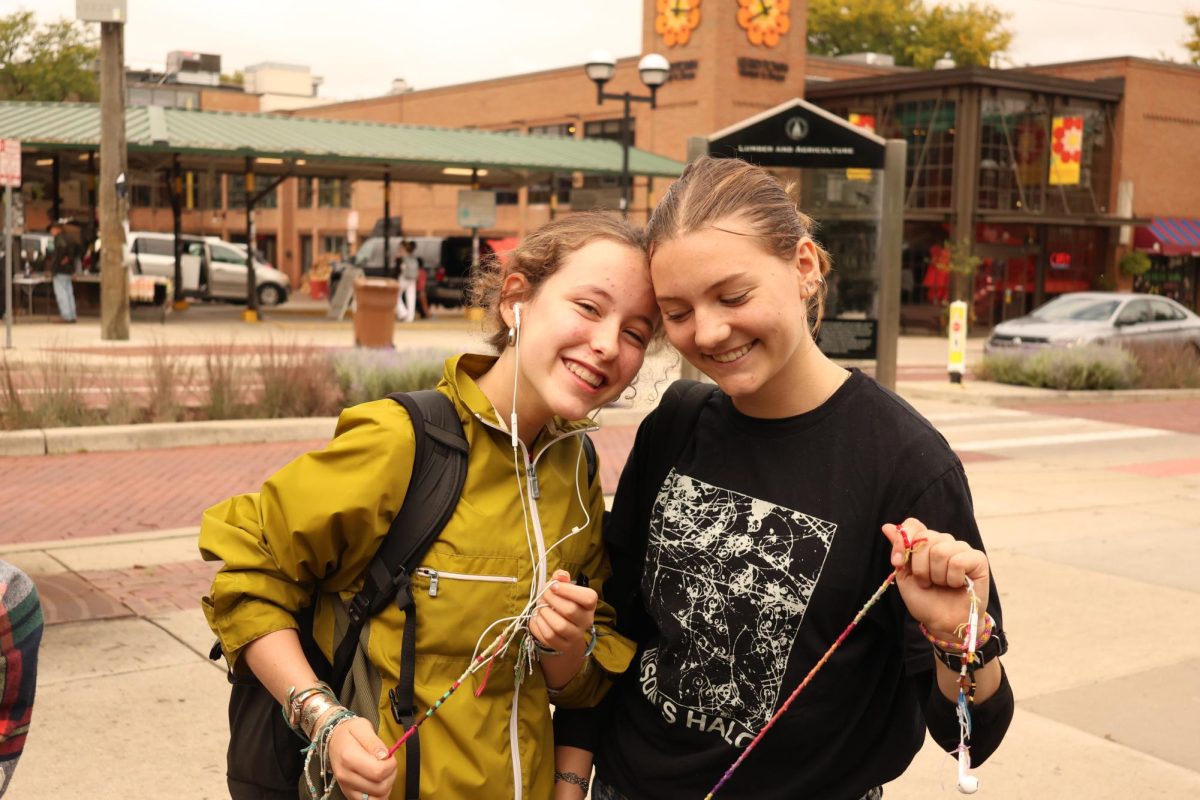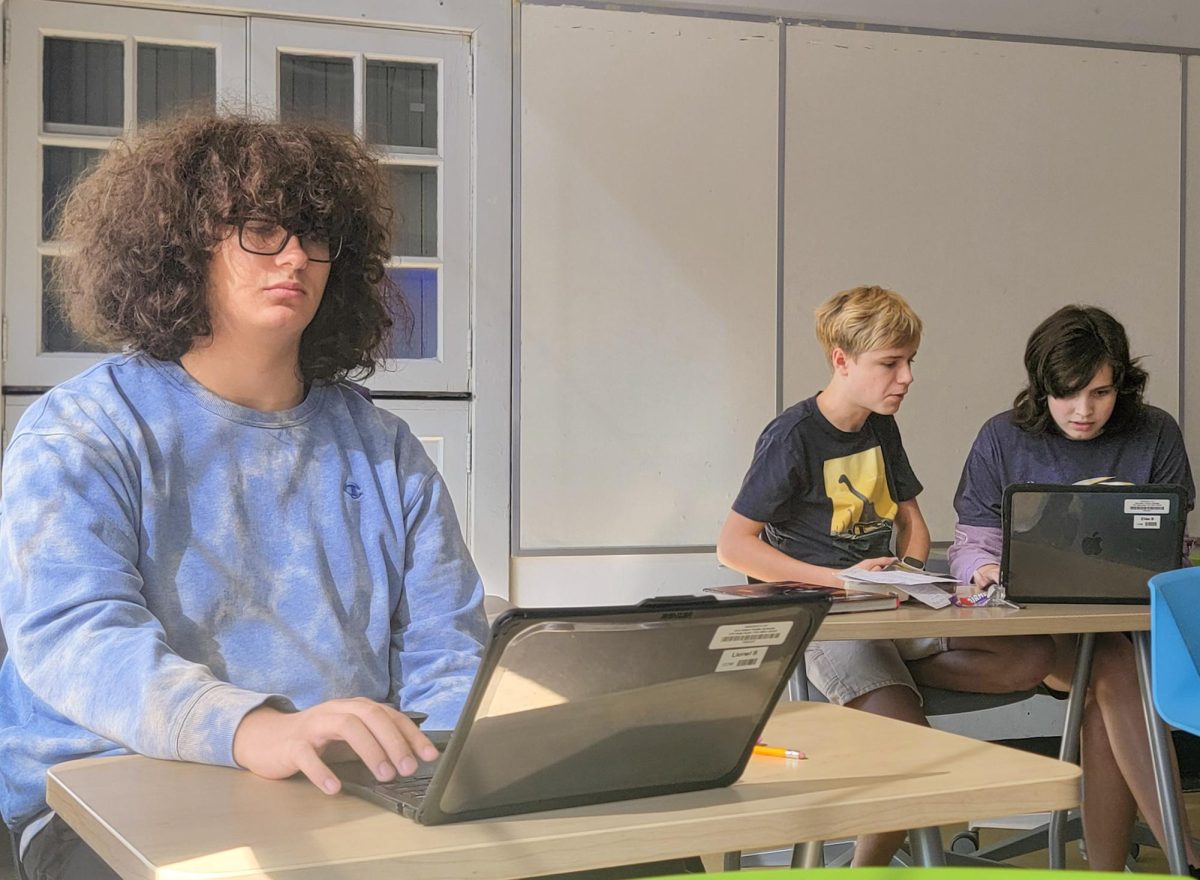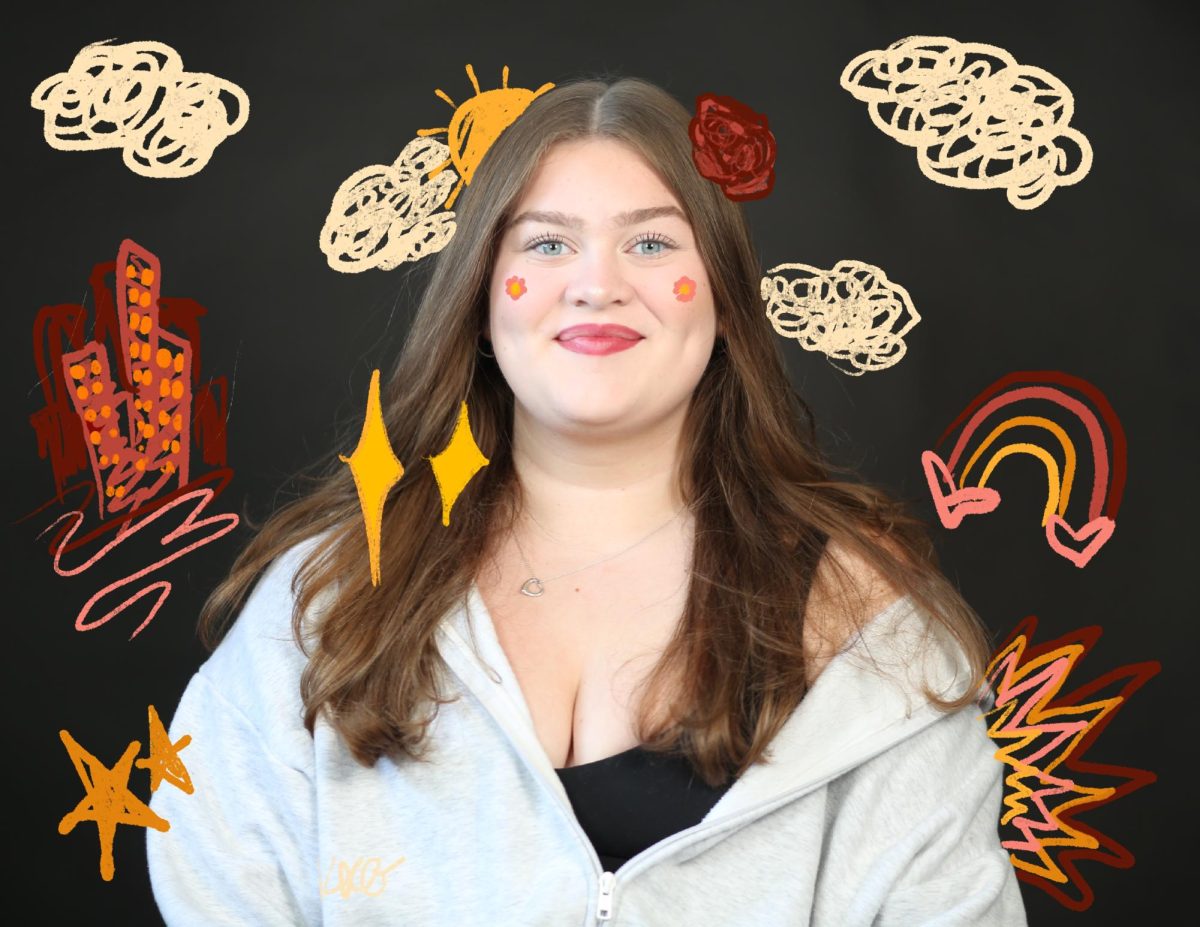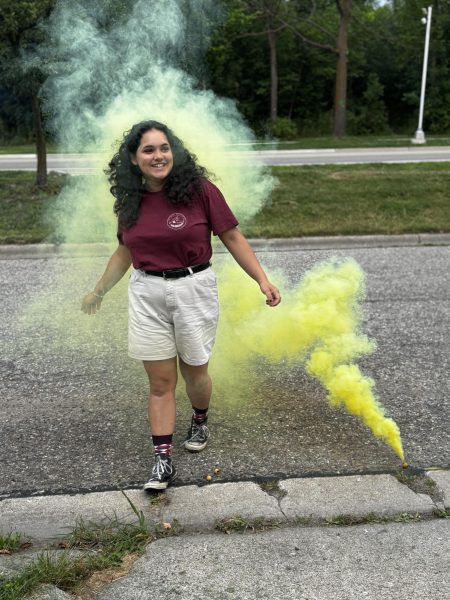The pleats in my scarlet red saree drape over my shoulder down to my ankles. A chunky gold necklace decorated my collarbones, and shiny gold bangles jingled on my wrists. Between my eyebrows sits a deep red bindi. Tonight is a special night— tonight is Diwali.
Diwali, the festival of light, is the biggest holiday in India, the festival of light. In Hindu mythology, Lord Rama (raam) was at war with an evil Lord Ravama (Rav-a-nah). Lord Rama defeats Lord Ravama and returns home from his exile. The day of his return is Diwali; Indians all over the world celebrate good over evil, light over dark and truth over lies.
All Hindu holidays, Diwali included, are marked on the lunar calendar. This means Diwali can range from late October to early November. Because most crops are harvested this time of year, food is abundant for the Diwali celebration. You can finally enjoy the fruits of your labor from your season’s yield.
Diwali is primarily a Hindu Holiday, but that doesn’t necessarily mean everyone who celebrates is a Hindu. Much like Christmas is for many Americans, Diwali is a holiday that almost everyone in India celebrates. Every family has twists and traditions they make, so Diwali fits what works for them.
For instance, Rangoli is an art form using colored powders, flower petals, lentils, rice flour and grass clippings to form patterns and drawings. Rangoli can range from being large and intricate to small and simple. For many, Rangoli is for religious purposes and is designed on the floor of a worship room. Others who are not as religious will make Rangoli just for fun or to decorate for a festival.
Lots of Rangoli will have diya, small oil lamps made from clay. Diya can also be lit without Rrangoli present. During Diwali, everyone will line diyas up along home foundations, on the sides of walkways and porches. In India, every house on every street will be lit up with diya or other candles.
When getting ready for Diwali, it’s tradition to buy new clothes and hang long flower chains called mala. Mala is made of pink, orange and yellow flowers called genda (marigold in English). Genda means “heard of the sun” due to the vibrant gold hue. The color yellow holds spiritual significance for all Hindu events. For this reason, many Diwali invitation cards will have a dot of turmeric, a yellow powder, as an auspicious symbol.
Diwali is a day for friends and family; tTrading snacks, appetizers and sweets with one another is a must. On Diwali, it’s less common to give items or physical possessions as gifts;, instead, food is a much more common option. Especially In particular, sweets like barfi, jalebi, katli, ladoo or soan papdi.
The real fun begins once the sun sets. Diyas lighting up the streets, and fireworks lighting up the sky. Every household will put on their own fireworks show with fountains and sparklers. Another name for Diwali is The Light Festival. This is because of all the candles, diyas, fireworks and sparklers bringing light to everywhere you look.
Like I said earlier, not everyone celebrates the same. My dad is Indian, my mom is Irish and I grew up in America, so obviously my Diwali is not going to look the same as my family’s back in India.
I wasn’t raised as a Hindu, so the Rangoli we make is small and just something for fun on the patio in our backyard. We used chalk to map out where we wanted our colors and used colored powders from the Indian grocer, the same place we buy our fireworks. My family has four traditional oil diyas and six6 wax candle diyas. We use the first one we light to light the rest of them, just like how they do it where my dad grew up.
I’m lucky enough to have access to traditional Indian ingredients and a family who excels in cooking authentic Indian food. We love sharing our culture with our friends, so on the night of Diwali we all gather around to celebrate good vs. evil, light over dark and truth over lies.



